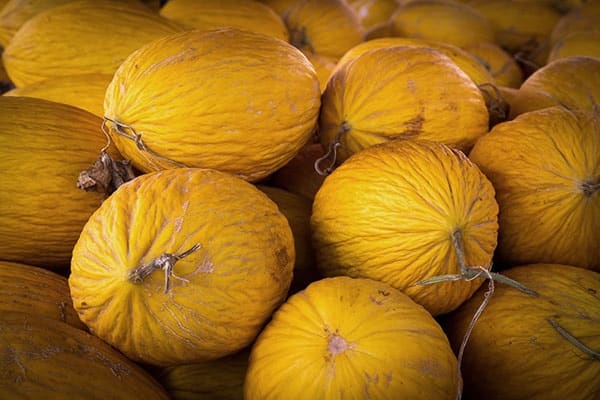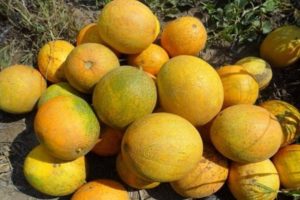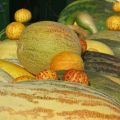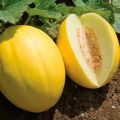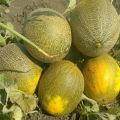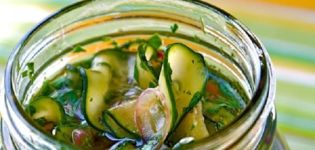Description of the melon variety Cantaloupe (Musk), its types and features
Often, gardeners hear on TV or from other people about what Cantaloupe melon is. Few people delve into conversations about this fruit and do not know what benefits the melon is for the body. Berries are a type of pumpkin fruit. They resemble the usual melons in shape, but differ in taste and color.
Another name for the fruit is Cantaloupe. It is better known in the country by its second name. It has a strong aroma and sweetish taste. The plant looks round, but the melon is flattened on both sides. Individual berries are oval in shape.
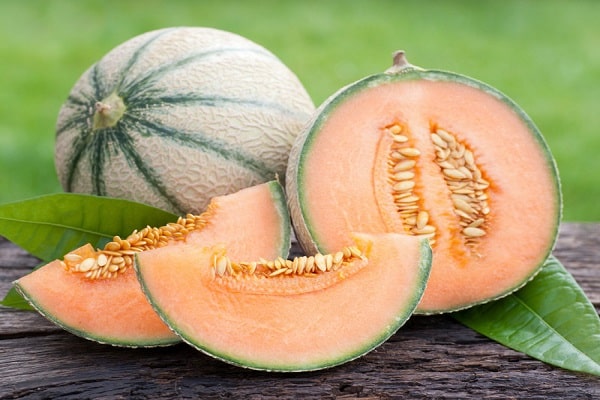
The color of Cantaloupe has yellow and orange hues. The culture is covered with dark green leaves. When cut, a lot of juice is released. The melon is quite thick-walled, and the flesh has a rich orange color.
A little description
The flesh of Cantaloupe is covered with a dense skin. Skin color is yellow-green. If you look closely at it, you can see numerous stripes. At first glance, it may seem that in front of a person is a white nutmeg melon, but this is not so. Cantaloupe is distinguished by the presence of rich green stripes that cover its length.
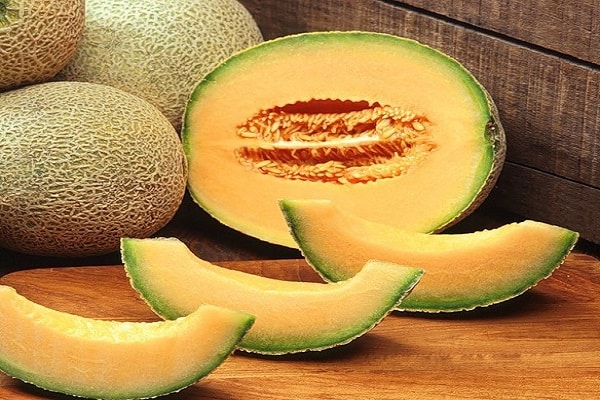
The average length of one melon can reach 22 cm. Guinea and India are considered the homeland of the fruit.
Advantages and disadvantages of the fruit
The cantaloupe is the ancestor of all melon varieties grown in Europe. Has "kinship" ties with Central Asian cultures. Among the positive aspects are:
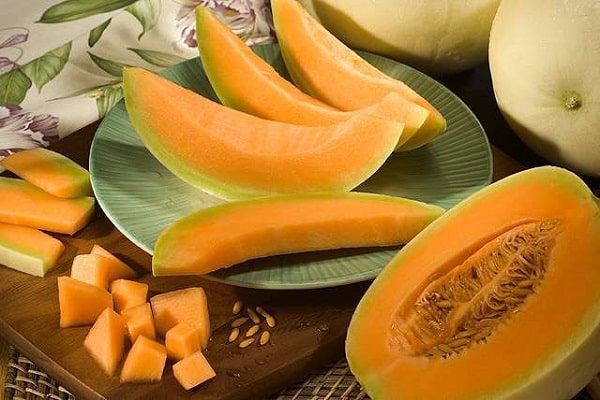
- The plant easily tolerates the summer season, the climate of which is humid and not very warm.
- The retina on the peel is rough in structure. This prevents the fruits from cracking, which is typical for fruits with juicy pulp and excess moisture.
- Cantaloupe ripens several times faster than most Asian varieties.
- Has a rich melon flavor.
Another important plus of culture is resistance to many diseases. First of all, we are talking about powdery mildew. Unfortunately, during the rainy season this is inherent in all melons and gourds. Despite this fact, Cantaloupe is rarely affected by pests.
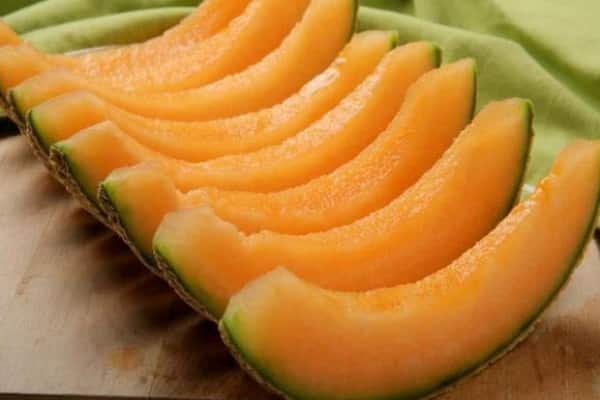
disadvantages
The melon variety has minor minor flaws. All of them do not stand out against the background of what is really important - a short shelf life. Because of this, the fruit is recommended to be eaten in the first month after harvest. If the period is extended, the melon will lose its attractive appearance. In addition, its amazing sweet taste is lost.
The melon culture does not need special care. Cantaloupe is a melon with a mid-season ripening period.As mentioned above, it is not suitable for long-term storage. Despite this fact, it can be transported over long distances.
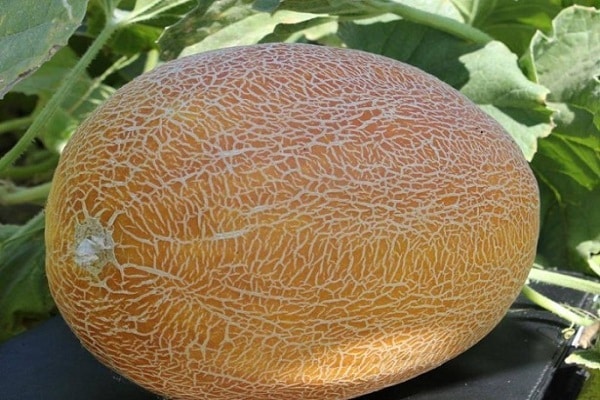
Another fruit with excellent taste
Melon Charente is a special variety of Cantaloupe. Known all over the world. The fruits are small in appearance. The scales show from 500 g to 1 kg. The characteristics of the fruit are reminiscent of other melons. At the same time, it has a peculiar feature - piquant taste and persistent aroma.
Charente is grown exclusively in France. For normal growth, development and fruiting of the culture, the conditions of closed ground are chosen. Almost never eaten on its own. Many culinary experts use it as an additional ingredient in cooking.
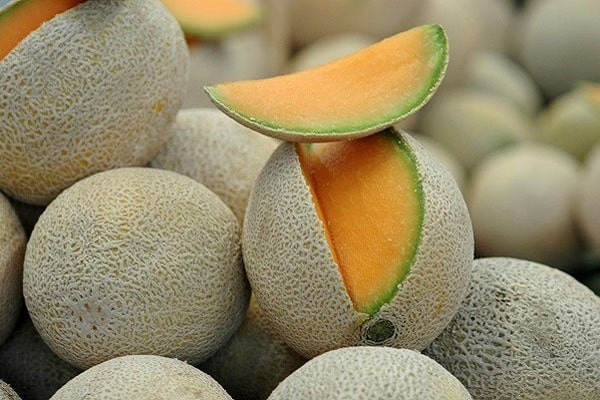
The beneficial ingredients of melon
Few know that Cantaloupe has medicinal properties. After all, it is appreciated not only for its unusual sweet taste. The composition of Cantaloupe makes it unlike other melon varieties. Has the following components:
- inosine and carotene;
- ascorbic acid;
- silicon;
- fiber.
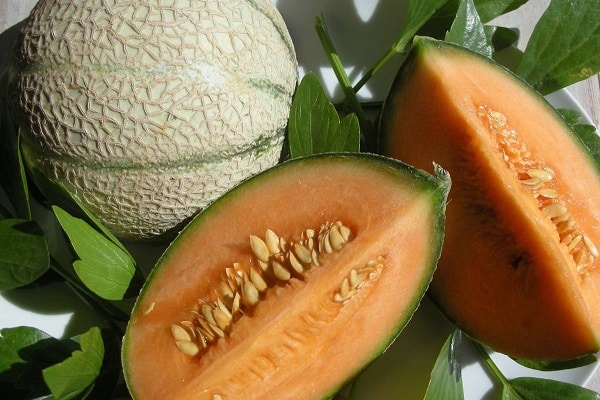
The sucrose content inside the pulp is several times higher than the sugar level in watermelons. Most of all contains sucrose and carotene. It also contains iron. Its amount is 2 times higher than in chicken meat. The iron content in milk is many times higher.
Of the positive aspects, one can also highlight the presence of vitamin C. Its amount is large. The component level can be compared as follows. One cantaloupe, in terms of vitamin C content, is equal to three large and ripe watermelons.
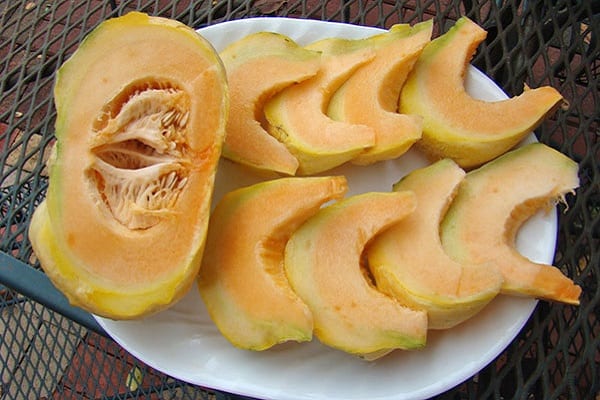
Medicinal properties
Eating a melon vegetable is beneficial when a person is obese. Melon is indicated for people with high cholesterol. Enriches the human body with vitamins if it has increased hair loss. Inosine is a component that prevents the progression of these diseases.
The potassium in the melon prevents hypertension from developing. This is why Cantaloupe is so helpful. Despite the sweet taste, the fruit is low in calories. The fruit is great for people who are on a diet and are limited in the use of many foods.
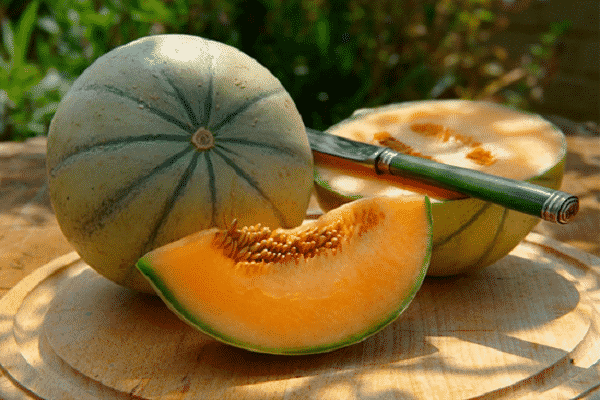
Cooking with Cantaloupe
The pronounced taste of the fruit suggests fresh consumption. Due to the high content of juice in the pulp, it prevents moisture loss in the heat. Melon cannot be enjoyed for a long time. Unfortunately, the more it is stored, the faster it loses its taste.
This problem is easy to fix. To constantly feast on melon, you can make jam or jam. In the future, the mass is eaten on its own or used as a filling for pies. Melon is also dried and eaten like candied fruit.
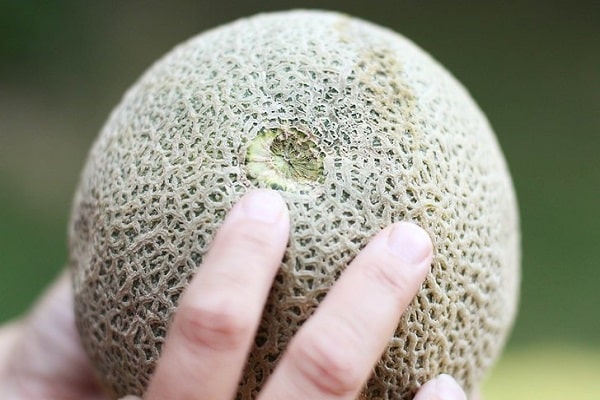
From Cantaloupe, wonderful honey is obtained, which is called bekmes. Seeds are used as raw materials for the preparation of vegetable oil. It turns out fragrant.
Dried fruit slices contain minimal moisture. Losing liquid, they retain the sucrose content, which is 70% of the total product. Depending on the drying time, the moisture content does not exceed 15%. Ready-made dried fruits have light yellow and brown shades per color. There are few dark spots; dried slices make up no more than 6% of the total area of the finished product.
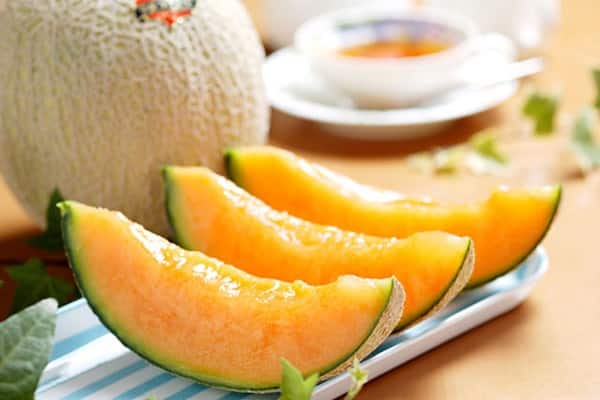
White melon
Kasaba is another melon variety that has its own characteristics. It is also a cantaloupe. Unlike Cantaloupe, it has a rich white flesh. If all storage conditions are provided, it can stand until winter. The peculiarity of Kasaba is that keeping quality improves the taste of the fruit.
Kasaba tolerates transportation well over long distances. The variety cannot replace Cantaloupe and vice versa. Everyone loves both fruits equally. There are times when you want fresh Kasaba in the middle of autumn.Others prefer to enjoy Cantaloupe as dried fruit. In any case, each variety deserves special attention.
